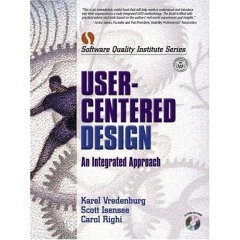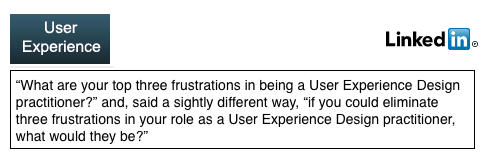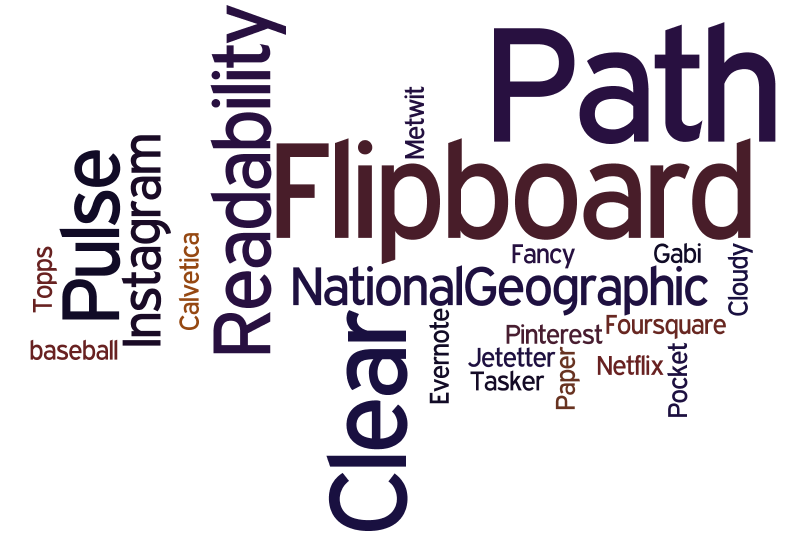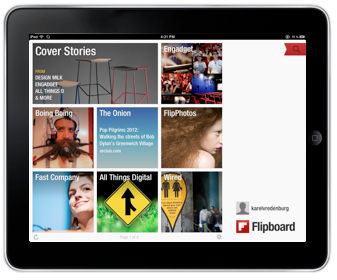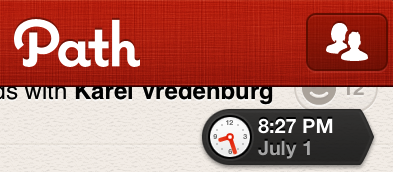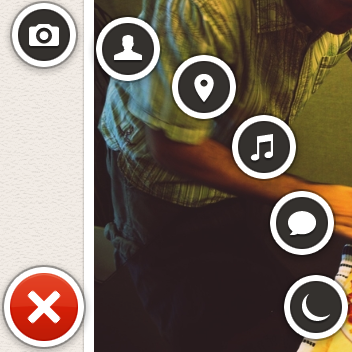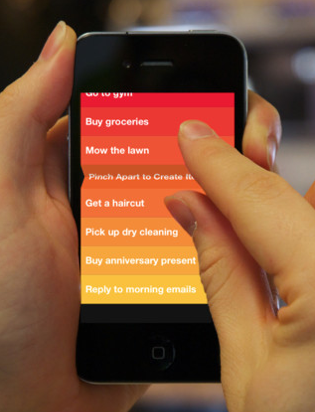Almost all aspects of our lives, personal and professional, are grounded in relationships. And, the quality of those relationships determine our success and happiness. However, we rarely consider what contributes to the quality of relationships.
The key ingredients to a successful relationship, whether professional or personal, include listening to, empathizing with, and truly understanding each other. I'll address how to level up your skill in each of these areas in turn.
In conversation, most people concentrate on and even rehearse what they're going to say next. How well do you think they're listening to the other person in the conversation if they're doing that? Not very well. And, what's the result of doing this? The other person is aware they're not being listen to, they don't feel validated or valued, and the quality of the communication is compromised. Or, as George Bernard Shaw famously said, "The greatest problem with communication is the illusion that it has been accomplished".
I do a listening exercise in some of the workshops I run that has people quietly listening to another person without saying anything and then playing back to the other what they heard and understood after they truly listened. That's what I call authentic listening and involves completely focusing intently on what the other person is saying and synthesizing what they're saying. I also recorded a podcast with advice on authentic listening in which I suggest that listeners spend the next day saying as little as possible so that they can truly listen to others in their lives whether professional or personal. I find it fascinating to read the emails I get from people who have been in the workshops or listened to the podcast episode saying that authentically listening to others was a profound experience for them and that it had a transformational effect on them leading to deeper relationships through more effective communication.
So, authentic listening is an incredibly important skill to level up for any effective communication to happen. Developing empathy is the second. This essentially involves not only listening but also truly trying to see things from the other person's point of view, and as some would say, "to walk a mile in their shoes". Its important to not see the situation with your usual lenses that may well distort the reality they're describing. See the situation through the other person's eyes, hear it through their ears, and feel the situation through their heart. Get out of yourself, your life experiences, your biases, and truly experience things the way the other person does. For more specific advice on developing empathy, have a listen to my podcast on the topic.
Authentically listening to and empathizing with the other person will provide you with deep insight about the other person which you next need to internalize and synthesize yourself in order to better and more fully understand. Listening to and empathizing with another person doesn't mean that you have to agree with their views or opinions. It also doesn't mean that you can't have your own point of view. What these methods provide is the ability for you to better understand other people in your business and personal life. They, in turn, also appreciate the fact that you take the time to listen to them, to see things from their point of view, and to more deeply understand them. If they then do the same, and reciprocity here is common, the effectiveness of your interactions increase and you improve the overall quality of your relationships.
I purposely used the term "level up" to also stress the importance of needing to practice these skills so that they become habits by focusing on them and spending the requisite time honing them. Most people recognize the need to master the skills and techniques in a video game before being able to level up to a higher level. They realized that you can't just get started playing a video game and expect to level up immediately without having the requisite mastery developed. But, when it comes to interpersonal communication, everybody thinks that once you learn to speak as a child that you know how to communicate. They may well be able to speak but they need to develop the necessary skills of authentic listening, empathizing, and understanding to level up to true interpersonal communication and effective relationship building. So, start practicing your listening and empathy skills in the game of life in order to level up your work and personal relationships.












